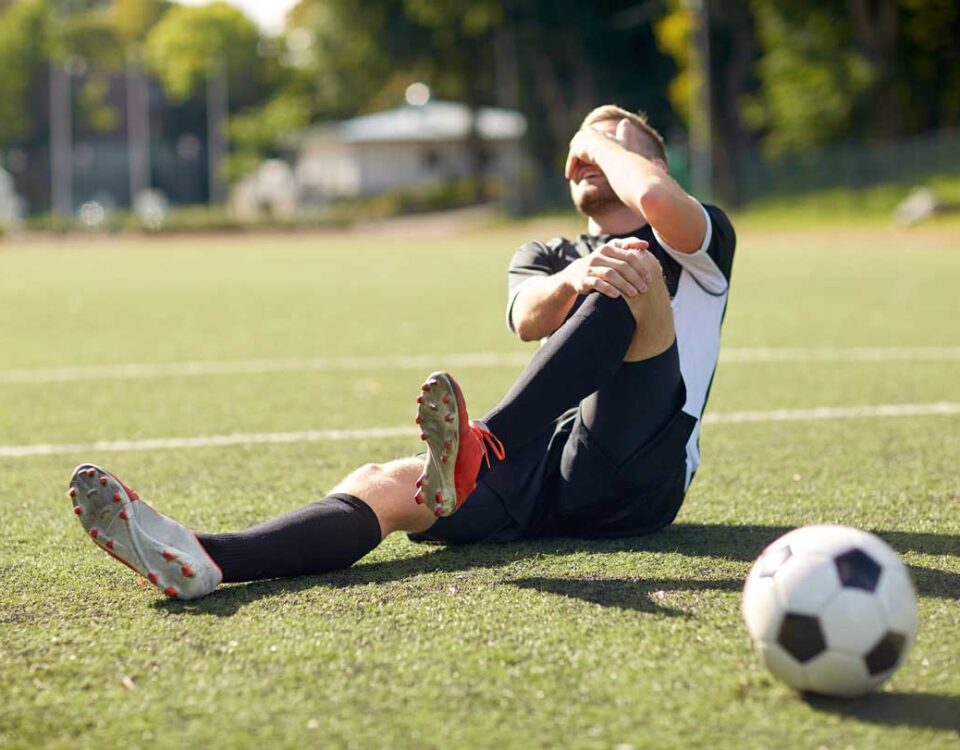
4 Remedies for Managing Migraines
September 12, 2025
Understanding the Benefits of Laser Hair Removal for Various Skin Types
September 12, 2025A hamstring injury is a common sports injury, often caused by sudden movements like sprinting or jumping. They can range from mild strains to severe tears, affecting daily life and athletic capability. Here is more information on what a hamstring injury is, its causes, symptoms, and prevention strategies:
What Is a Sports Injury?
A sports injury is any damage to the body that occurs during athletic activity, exercise, or sports. These injuries can result from accidents, poor training practices, improper equipment, or inadequate conditioning. They can affect muscles, bones, ligaments, and tendons.
Common sports injuries range from minor sprains and strains to more severe conditions like fractures and dislocations. The nature of the sport often dictates the type of injury an athlete is most likely to sustain. Runners and soccer players may frequently experience lower-body injuries.
What Are the Different Types?
Hamstring injuries are classified into grades based on their severity. A Grade 1 injury is a mild muscle pull or strain, which involves minor tearing of muscle fibers. This type usually heals relatively quickly with rest.
A Grade 2 injury is a partial muscle tear, which involves more significant damage to the muscle fibers. Recovery from a Grade 2 tear takes longer and requires more comprehensive rehabilitation. A Grade 3 injury is a complete tear or rupture of the muscle. This is the most severe type of hamstring injury, and recovery can be extensive.
What Causes a Hamstring Injury?
A hamstring injury typically occurs when the muscle group is stretched beyond its limit or is subjected to a sudden, forceful load. This often happens during activities that involve sprinting, jumping, or sudden stopping and starting. Athletes in sports like track, soccer, and football are particularly susceptible.
Several factors can contribute to the risk of a hamstring strain. These include:
- Muscle overload: This is a primary cause, where the muscle is unprepared for the stress placed upon it.
- Inadequate warm-up: Failing to properly warm up before intense activity leaves muscles less pliable and more prone to injury.
- Muscle imbalance: When one muscle group is stronger than its opposing group, such as the quadriceps being much stronger than the hamstrings, it can lead to a strain.
- Fatigue: Tired muscles are less able to absorb energy, making them more vulnerable to injury.
What Are the Symptoms?
The symptoms of a hamstring injury vary depending on the severity of the strain. A sudden, sharp pain in the back of the thigh is a common indicator. Other symptoms may develop in the hours or days following the incident. These can include swelling, bruising or discoloration on the back of the leg, and weakness in the hamstring muscle.
How Can You Prevent It?
Preventing a hamstring injury involves a proactive approach to training and conditioning. Regular stretching and strengthening exercises for the hamstrings and surrounding muscles may help. A balanced program that addresses both the hamstrings and quadriceps is beneficial.
A proper warm-up before any athletic activity is also a key prevention strategy. This may include light aerobic exercise followed by dynamic stretching. Gradually increasing the intensity and duration of your workouts, rather than making abrupt changes, allows your muscles to adapt and become stronger.
Seek Professional Guidance Today
Understanding the mechanics of a hamstring injury, its symptoms, and preventive measures helps athletes avoid injury. Acknowledging the different grades of injury and their causes can inform training habits and reduce the likelihood of getting hurt. If you suspect you have a hamstring injury or want to develop a personalized prevention plan, consult a healthcare professional.





